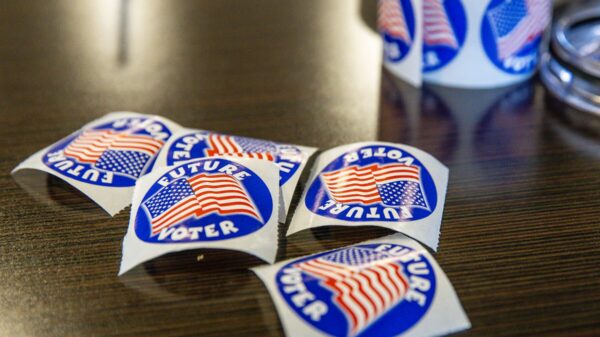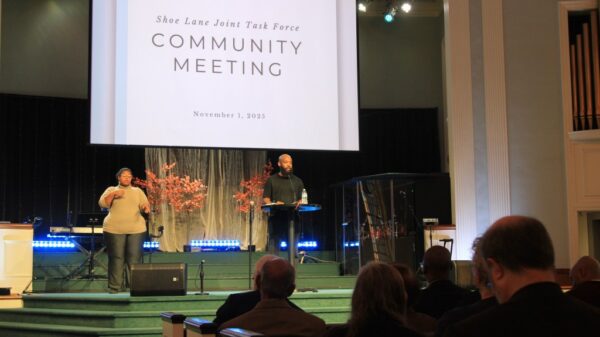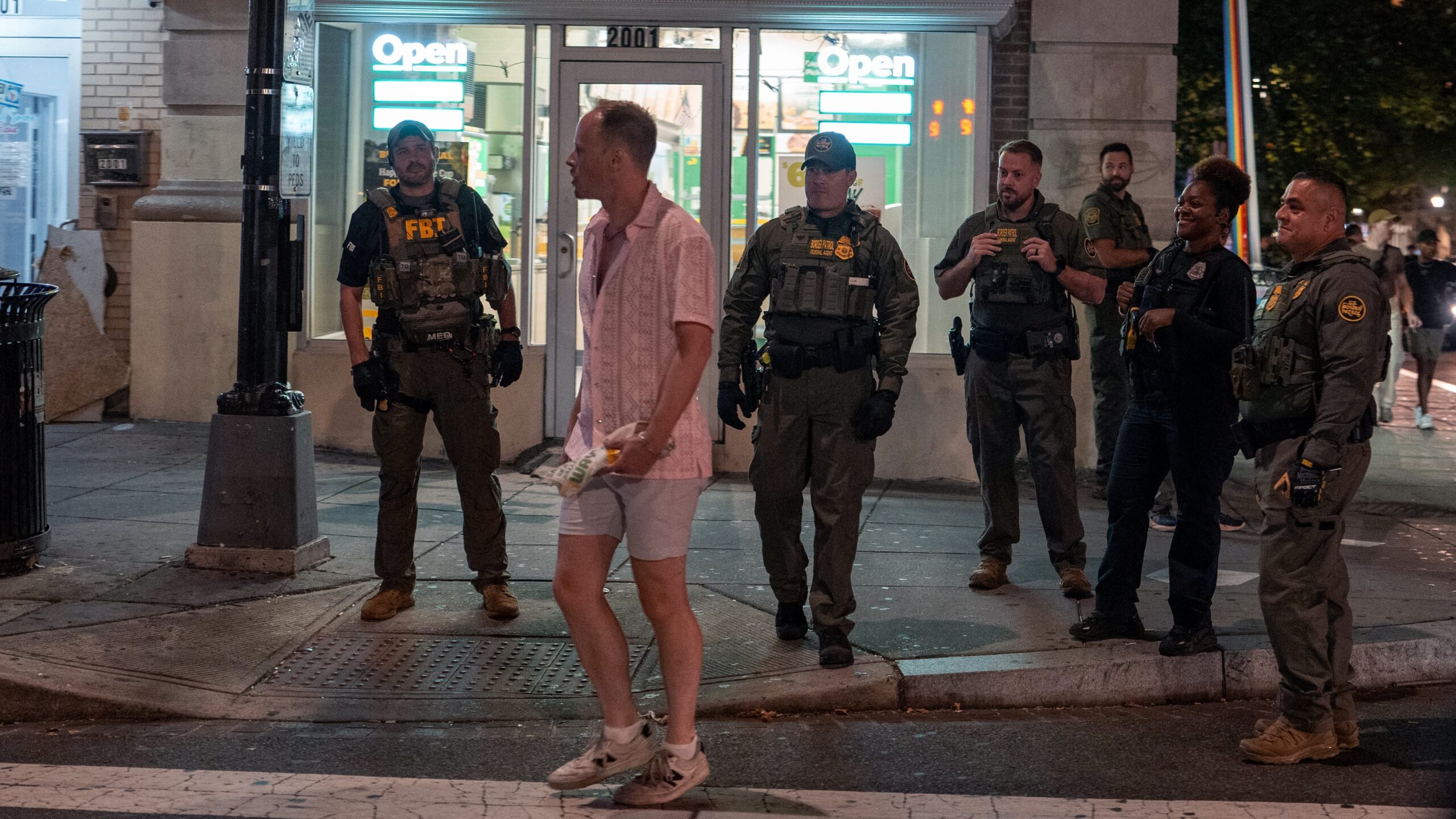UPDATE: A surreal trial in Washington D.C. has just begun, centering on whether throwing a Subway sandwich at an ICE agent constitutes assault. The courtroom drama unfolded Tuesday as former DOJ employee Sean C. Dunn faces charges stemming from an August 2023 protest against the agency’s activities.
Dunn is accused of deliberately hurling a sandwich at ICE agent Gregory Lairmore during a demonstration, a moment captured in viral video footage. Dunn was protesting what he described as the “militarization and takeover of law enforcement in Washington.” The incident has escalated into a legal battle as the Department of Justice seeks a conviction after failing to secure felony charges from a panel of citizens.
Prosecutors, led by Jeanine Pirro, are pursuing misdemeanor assault charges against Dunn. In his opening statement, prosecutor John Parron emphasized that “no matter who you are, you can’t just go around throwing stuff at people because you’re mad.” The prosecution argues that Dunn’s actions interfered with Lairmore’s duties, forcing agents to arrest him.
In stark contrast, Dunn’s defense attorney, Julia Gatto, portrayed the sandwich throw as a “minor annoyance.” Gatto insisted that the court should focus on whether Dunn’s actions meet the legal definition of a federal crime. She described the sandwich toss as a “punctuation mark” to Dunn’s passionate speech, aimed at diverting attention from law enforcement.
The trial has gained significant public interest, fueled by live-tweeting from Lawfare senior editor Molly Roberts. One viral moment highlighted Lairmore’s testimony, where he claimed to have felt the sandwich impact through his ballistic vest, adding: “It exploded all over my uniform. I could smell the onions and the mustard.” This remark has sparked widespread mockery online, with many questioning the gravity of the situation being debated in court.
If convicted, Dunn faces a maximum penalty of six months in jail and a $1,000 fine, raising concerns about the implications of such a ruling on free expression and dissent in America. As the trial unfolds, all eyes are on the courtroom to see how the judge will interpret the sandwich heave—whether it is an act of protest or criminal behavior.
This developing story is drawing national attention, with significant implications for how protests are treated legally. Stay tuned for further updates as the trial progresses and more details emerge.




































































